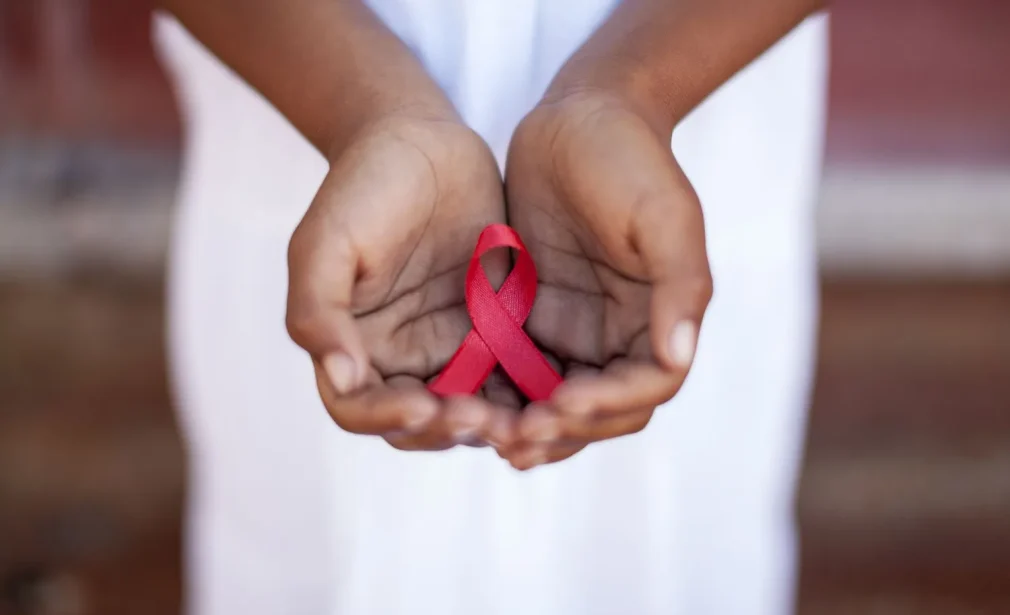HIV Prevention
HIV (Human Immunodeficiency Virus) prevention involves taking steps to reduce the risk of transmission and acquisition of the virus. Here are some effective ways to prevent HIV:
Methods of Prevention
1. Safe Sex Practices: Using condoms correctly and consistently during sexual intercourse can significantly reduce the risk of HIV transmission.
2. Pre-Exposure Prophylaxis (PrEP): Taking antiretroviral medication daily can prevent HIV infection in individuals who are at high risk.
3. Post-Exposure Prophylaxis (PEP): Taking antiretroviral medication within 72 hours after potential exposure to HIV can prevent infection.
4. Harm Reduction: Providing access to clean needles and syringes can reduce the risk of HIV transmission among people who inject drugs.
5. Male Circumcision: Male circumcision has been shown to reduce the risk of HIV acquisition in men.
6. HIV Testing and Counseling: Regular HIV testing and counseling can help individuals know their status and take steps to prevent transmission.
7. Antiretroviral Therapy (ART): People living with HIV who are on ART and have an undetectable viral load cannot transmit the virus to others.
Additional Prevention Strategies
1. Education and Awareness: Educating individuals about HIV transmission, prevention, and treatment can help reduce stigma and promote prevention behaviors.
2. Condom Distribution: Making condoms widely available and accessible can encourage their use and reduce HIV transmission.
3. Needle Exchange Programs: Providing access to clean needles and syringes can reduce the risk of HIV transmission among people who inject drugs.
4. HIV Prevention Programs: Implementing HIV prevention programs in communities, schools, and healthcare settings can help promote prevention behaviors and reduce HIV transmission.

